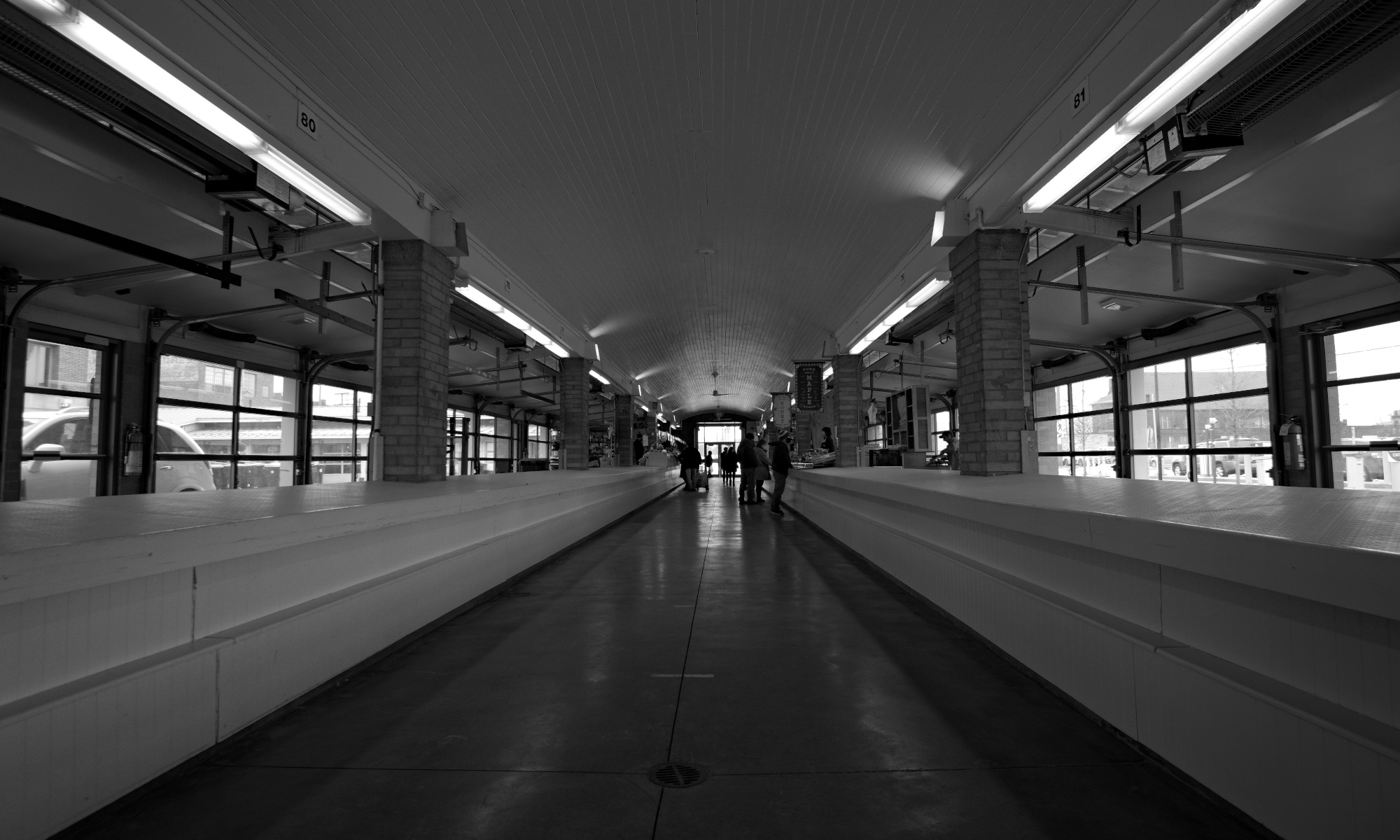Long Exposure Shots Around Ohio City And The Westside Market
Cleveland, Ohio, is a bustling city with a rich history and diverse culture. One of the best ways to experience the city’s beauty is by taking photos at night. Adventuring around Cleveland at night really offers a different view from what you see during the day. The city is vibrant with many colors of light from all directions, especially our bridges. This trip around the Ohio City and the Westside Market area we had a lot of fun with long exposures.
What are long exposures?
Long exposure photography is a technique that involves using a slow shutter speed to capture an image over an extended period. The slower the shutter speed, the longer the exposure time, which allows more light to reach the camera’s sensor. This technique is used to create a sense of motion and blur in the image, which can be used to convey a sense of movement or to capture light trails.
Long exposure photography can be used in a variety of situations, including landscape, architecture, and portrait photography. However, let’s talk about long exposure photography with light trails.
What are Light Trails?
Light trails are the streaks of light that are captured when a camera is set to a slow shutter speed and moved or pointed at a moving light source. This can include car headlights, taillights, streetlights, fireworks, and any other light source that is in motion.
Light trails can add a dynamic and interesting element to a photograph, and they can be used to create a sense of movement and energy in the image. They can also be used to highlight a specific subject or to create a leading line that draws the viewer’s eye through the image.
Getting Started with Long Exposure Photography with Light Trails
To get started with long exposure photography with light trails, you will need a few essential pieces of equipment. These include a camera with manual controls, a tripod, and a remote shutter release.
- Set Up Your Camera
To begin, set up your camera on a tripod and make sure it is level. This will help prevent any unwanted movement during the long exposure. Set your camera to manual mode and adjust the shutter speed to a slow setting. A good starting point is around 15-30 seconds, but you may need to adjust the shutter speed depending on the amount of light available and the speed of the subject.
- Choose Your Subject
Next, choose your subject. Light trails can be created by any moving light source, so the possibilities are endless. Some popular subjects include car headlights and taillights, streetlights, fireworks, and light painting.
- Frame Your Shot
Once you have chosen your subject, frame your shot. Think about the composition of the image and how you want the light trails to be captured. Consider using leading lines to draw the viewer’s eye through the image.
- Take the Shot
Finally, take the shot. Use a remote shutter release to prevent any unwanted movement during the long exposure. Allow the camera to capture the movement of the light source over the selected period.
Tips for Long Exposure Photography with Light Trails
Here are some tips for getting the most out of your long exposure photography with light trails:
- Use Manual Focus
To ensure your subject is in focus, use manual focus. Autofocus may struggle in low light situations, and it can be challenging to focus on moving objects.
- Experiment with Different Shutter Speeds
Try different shutter speeds to see how they affect the image. Longer shutter speeds will create longer light trails, while shorter shutter speeds will create shorter trails.
- Use a Neutral Density Filter
If you are shooting in bright daylight, use a neutral density filter to reduce the amount of light entering the camera. This will allow you to use a slower shutter speed without overexposing the image.
Looking for a photographer for your next project? We offer all forms of photography. We utilize creative angles and skilled camera use to make content stand out!






